By Terry McNamee © 2013
Early records suggest that the first horses brought to the Americas were a combination of breeds and types, but most were what today would be called Andalusian. They were powerful horses, not very tall, with heavy manes and tails, and the stallions had thick crests. The Spaniards also brought Lusitanos from Portugal, African Barbs and gaited Spanish Jennets. There may have been some Arabian mixed in, along with other types of European horses that were developing into breeds at that time. Four hundred years later, by 1945, the Appaloosa (which included varnish roans, leopard-spotted and blanket-patterned horses) was well on its way to becoming established as a separate breed in the United States. It was generally believed that these spotted coats came from the Spanish Jennets and Andalusians, but some people thought that spotted Barbs also contributed colour to the new breed.


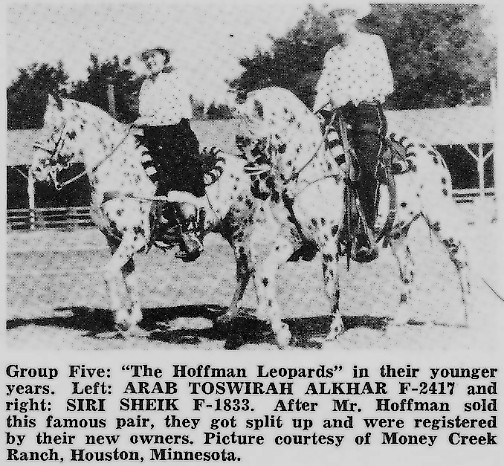
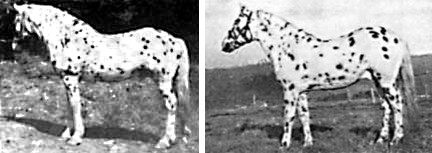
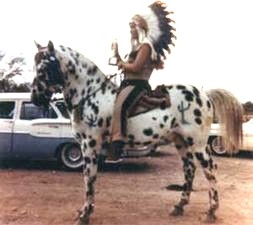
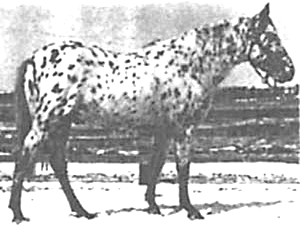
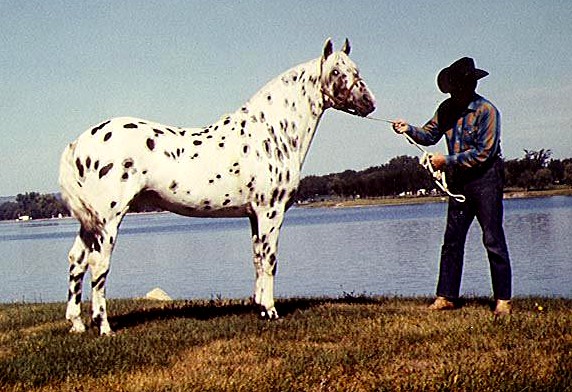
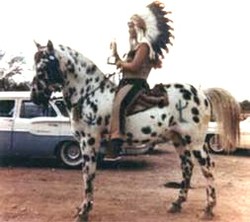

 Versatile Nova Scotia Duck Tolling Retrieverson 08/02/2014
Versatile Nova Scotia Duck Tolling Retrieverson 08/02/2014
 Should You Spay or Neuter Your Puppy?on 08/12/2014
Should You Spay or Neuter Your Puppy?on 08/12/2014
 Horse Racing History: the Preakness Stakeson 05/15/2014
Horse Racing History: the Preakness Stakeson 05/15/2014
 Dinosaurs Will Be On Display in Trenton, Ontario, Canadaon 07/29/2013
Dinosaurs Will Be On Display in Trenton, Ontario, Canadaon 07/29/2013
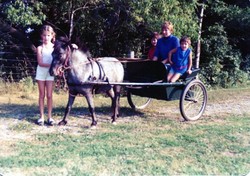
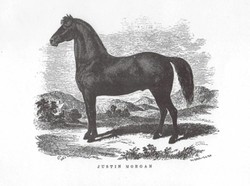
Comments
Very interesting and a beautiful horse. I know nothing about horses, but I've been wanting to learn. I'd like to find a place where I could volunteer so I could learn about them.
Really good! Hope you didn't get a headache trying to keep all of that straight! Goodness!!